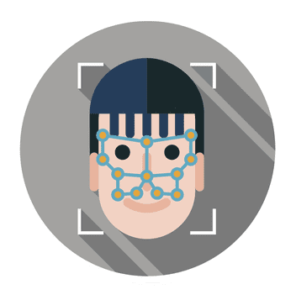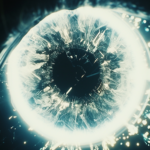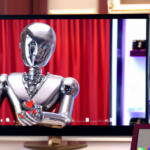A research team at the U.S. Army Research Laboratory has developed a way to convert thermal images to recognizable facial portraits using AI and machine learning technologies.
It’s a technique that could offer important intelligence benefits to the army, which uses thermal imaging cameras at checkpoints, watchtowers, and on military vehicles. Thermal images captured in low lighting or at night could be converted to conventional face images, which could then be matched to persons of interest using facial recognition technology.
This would address the longstanding issue of cross-spectrum facial recognition, with the kinds of images captured by thermal cameras having thus far been insufficiently compatible with comparisons to the conventional cameras through which facial recognition is usually applied; despite this limitation, thermal cameras remain essential for clandestine nighttime surveillance.
The researchers’ method is detailed in their paper, “Thermal to Visible Synthesis of Face Images using Multiple Regions,” published last month. Presenting their findings at the IEEE Winter Conference on Applications of Computer Vision, the researchers demonstrated their approach in near real-time using an FLIR Boson 320 thermal camera and a laptop, suggesting that their approach offers immediate surveillance applications with existing and relatively commonplace (as far as the military goes) technologies.
Sources: Novus Light, Military Embedded Systems
–
April 18, 2018 – by Alex Perala








Follow Us